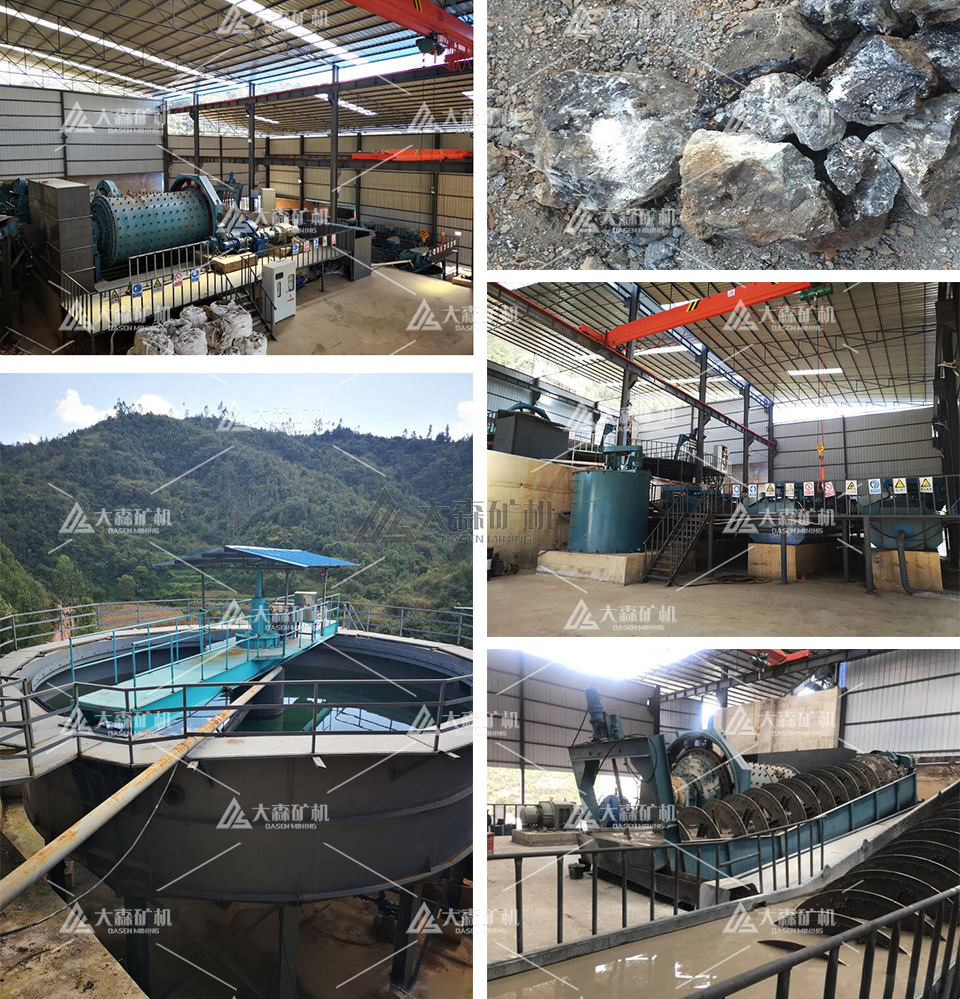Have you ever heard of lead zinc sulphide flotation process?
The traditional approach to lead-zinc sulphide flotation involves sequential flotation of lead, zinc, and sulfur. However, achieving optimal results requires careful consideration of several factors, as highlighted by a recent project undertaken by Dasen Mining in Tanzania.
The Challenge: Suboptimal Zinc Flotation
Last year, Dasen Mining was invited to assess and improve a lead-zinc ore concentrator that had been operating for four years. Despite the plant’s efforts, the results were far from satisfactory:
Lead Recovery Rate: 80%
Zinc Concentrate Grade: 43%
Product Quality: No batches of zinc concentrate met the required standards and were stored in the ore bin.
The Solution: Process Optimization by Dasen Mining
Upon investigation, Dasen Mining engineers identified the root causes of the issues:
1. Low Grade of Raw Ore: Although the raw ore grade was low, the distinct mineral properties and clear cleavage interfaces of galena and sphalerite suggested that better economic and technical indicators could be achieved.
2. Flotation Process Issues: Grinding Fineness: The plant’s grinding fineness was set at 88% minus 200 mesh, which was adequate for lead flotation but not for zinc.
Zinc Flotation Challenges: The secondary fine foam in zinc flotation was sparse and light in color, indicating a problem with the process.
The Adjustment: Fine-Tuning the Reagent Dosage
Based on their analysis, Dasen Mining engineers recommended increasing the dosage of a specific reagent to enhance the zinc flotation process. This adjustment led to significant improvements:
Lead Recovery Rate: Increased to over 85%
Zinc Concentrate Grade: Improved to over 57%
Other Indicators: Remained stable, ensuring overall efficiency.
Within two months, the plant was able to sell all previously stored low-grade zinc concentrates, demonstrating the impact of even minor technological adjustments.
Marmatite Flotation: Achieving Higher Zinc Concentrate Grades
In addition to the Tanzanian project, Dasen Mining has conducted extensive research on marmatite flotation. Theoretically, marmatite zinc concentrate grades are often below 45%, resulting in lower market value. However, Dasen Mining’s experiments revealed that with precise adjustments, it is possible to produce qualified zinc concentrates with over 45% zinc content, even when dealing with marmatite that is not 100% pure.
For mine owners and operators seeking to enhance their lead-zinc sulphide flotation processes, Dasen Mining offers over 30 years of experience and a proven track record of successful projects worldwide. Contact us to learn how we can help you achieve better results.
You can send us a private letter if you don’t know anything about the lead zinc sulphide flotation process:
Whatsapp:+86 133 1927 7356
Email:[email protected]

